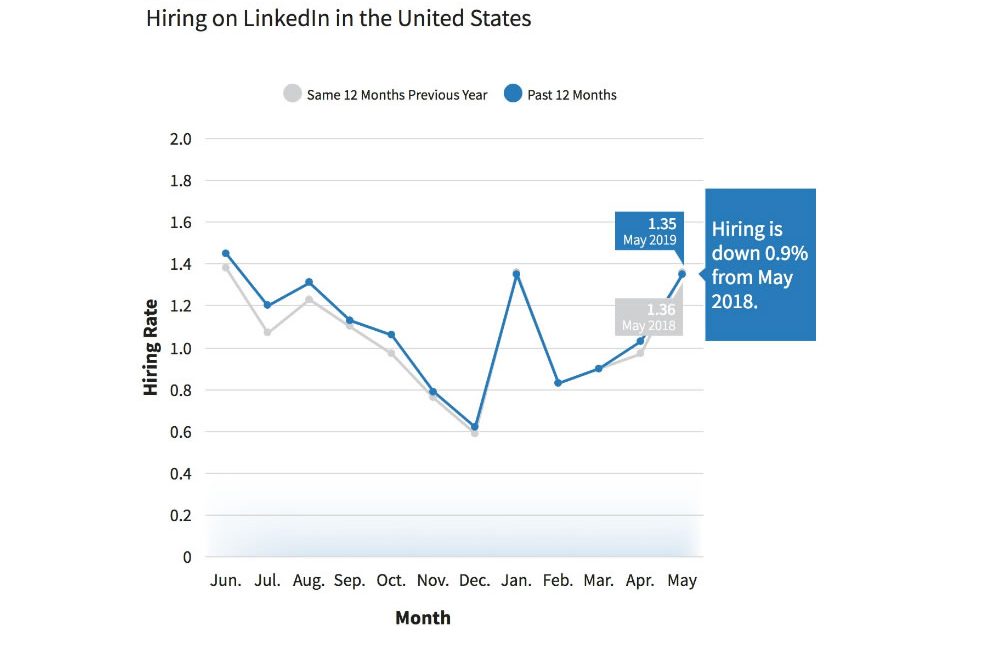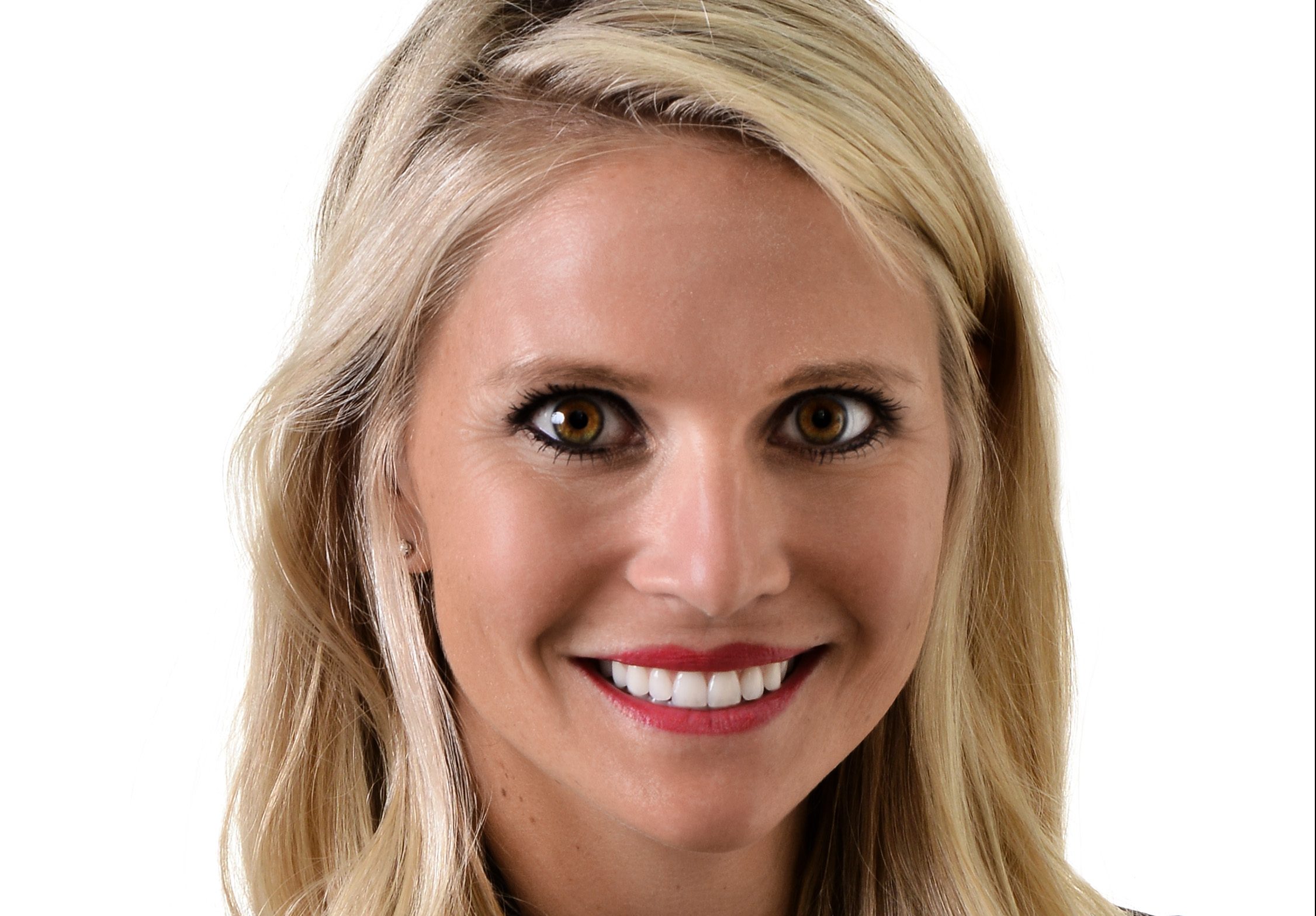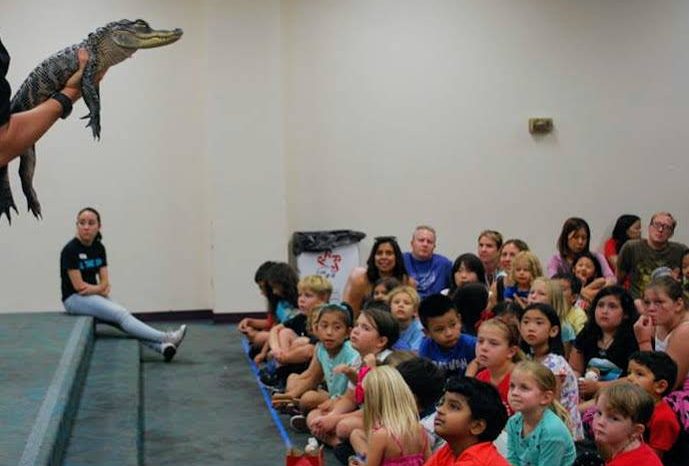
By Angela Copeland
You may be wondering if you have missed your chance to get a new job. After all, you had a New Year’s resolution to job search. And, you just didn’t get around to it. Or, maybe you did try but it didn’t work out the way you were expecting.
Well, I have some good news for you. You’re not out yet! There’s still time to get hired in 2019.
Every month, LinkedIn puts out this really helpful report. It’s one that I follow each month. It’s called the LinkedIn Workforce report. If you haven’t seen it, try Googling it. You’ll find the latest report right away.
The report shares hiring trends for the U.S. and it dives into trends in the top markets across the country. In those top markets, it shares which skills are needed, and which skills that city has more than enough of.
But, one of the most interesting pieces of the reports comes in the form of a simple graph. There’s a graph that shows the rate of hiring on LinkedIn in the United States. LinkedIn calculates the “hiring rate” by looking at the number of LinkedIn members who added a new employer to their profile in the same month the new job began and dividing it by the total number of LinkedIn members in the U.S.
Like any self-reported information, I’m certain the data behind this graph isn’t without flaws. But, it’s a very helpful peek into the hiring world. One thing you notice right away is that hiring is seasonal. There are peaks and valleys on the graph each year. And, they line up very closely with peaks and valleys from the year before.
Looking at the year from start to finish, this is what you’ll notice. January starts off strong. Then, it drops quite a bit after January. Then, the rate goes higher and higher through June. In June, hiring is actually slightly higher than in January. May college graduations likely factor into this.
That brings us to July. In July, hiring is a little less than in June. But, it’s still at a good spot. And, it goes up in August. August hiring rates aren’t quite as high as January or June, but they are actually quite high overall. From September to December, hiring rates will slowly fall. December is the lowest point in the year.
One thing that likely influences the July, August, and September hiring numbers are fiscal years. Very often, hiring lines up to when a new year begins. Companies will hold off on hiring until the clock flips to Jan. 1, for example. But, many companies actually have a fiscal year that begins in July. That means, some companies will post new jobs in July for the first time.
If you’re thinking of finding a new job, there’s still time. But, get moving before we get too far into the year.
Angela Copeland, a career influencer and founder of Copeland Coaching, can be reached at copelandcoaching.com.







